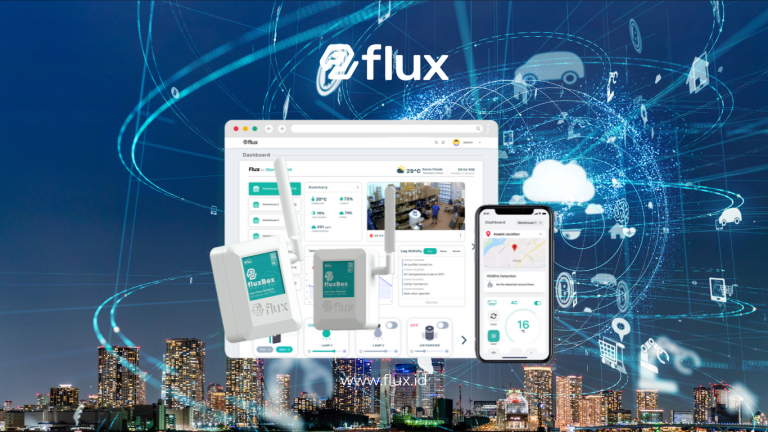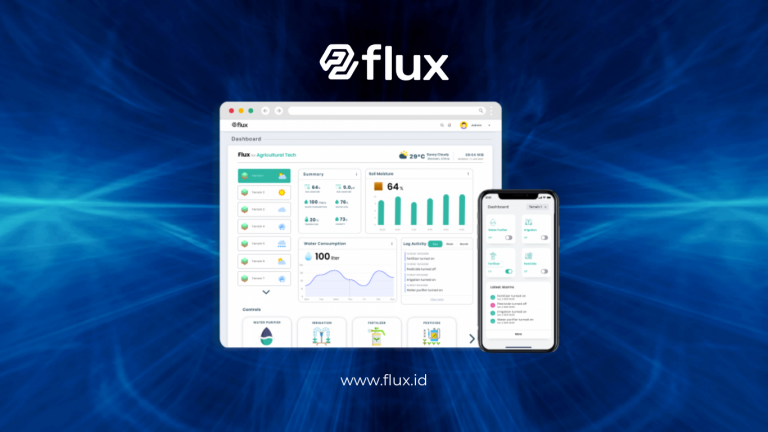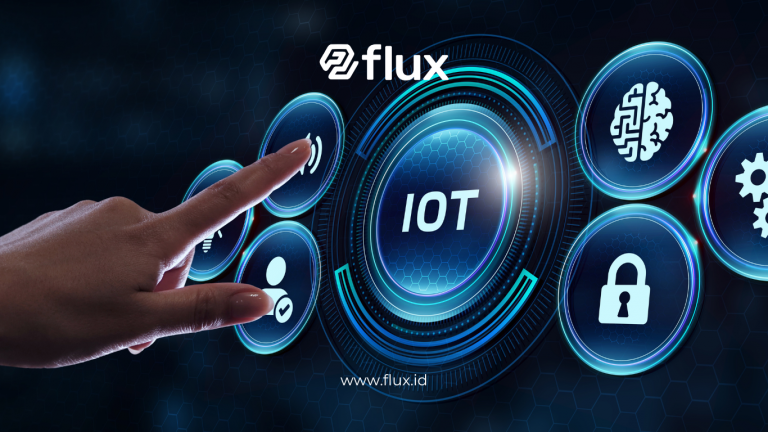Don't miss our holiday offer - 20% OFF!
In today’s rapidly advancing digital age, the Internet of Things (IoT) has transformed how humans and machines interact. This technology enables various devices to connect and communicate with each other, creating an intelligent and efficient ecosystem. It is within this context that Flux emerges — a versatile IoT platform designed to provide automation and monitoring solutions across various industrial sectors.
Contents
What is Flux?

Flux is an integrated IoT platform that allows users to connect, manage, and monitor various devices in real-time. It is designed with a modular approach comprising six key components: Fluxbox, Fluxgateway, Fluxdashboard, Fluxcloud, Fluxconnect, and Fluxtrack. Each component plays a vital role in creating a network of interconnected and easily controlled devices.
Key Components in the Flux Ecosystem
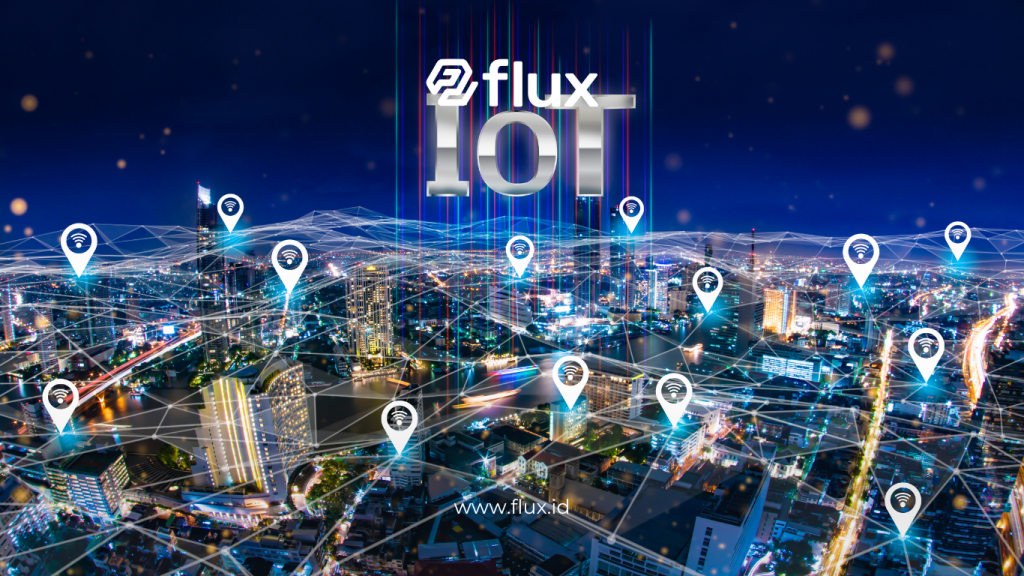
1. Fluxbox
Fluxbox is the main hardware device that functions as a sensor and data collector from the environment or machines. Designed to withstand extreme conditions, Fluxbox is suitable for various industrial environments such as factories, agriculture, and power plants.
2. Fluxgateway
Fluxgateway acts as the bridge between the Fluxbox and the internet network. It sends sensor data to the cloud platform and ensures fast, stable data transmission with high connectivity capabilities.
3. Fluxdashboard
A web-based user interface that enables users to visualize data. Through this dashboard, users can monitor real-time conditions, view historical trends, and configure alerts or automation settings.
4. Fluxcloud
Fluxcloud is the cloud-based data storage and processing system. All device data is stored here to be analyzed and transformed into actionable insights for users.
5. Fluxconnect
This component enables integration with other systems via API. Fluxconnect supports integration with ERP, CRM, or other management systems used by enterprises.
6. Fluxtrack
Used for real-time asset tracking, Fluxtrack is ideal for logistics, fleet management, or monitoring heavy equipment in remote areas.
Advantages of Flux Compared to Other IoT Platforms

a. Easy Integration
Thanks to its modular design and open system, Flux can be easily integrated into existing company systems.
b. High Scalability
Flux can be deployed in both small- and large-scale environments. Users can start with a few sensors and scale up as needed.
c. Data Security
All data transmitted and stored via Flux is encrypted and protected with high-level security systems, making it a safe platform for businesses.
d. User-Friendly Interface
Fluxdashboard is designed with an intuitive interface, making it accessible and easy to use by users from various backgrounds.
Flux Applications in Various Industries

1. Manufacturing
In the manufacturing sector, Flux is used to monitor machine conditions, detect potential failures early, and optimize overall production processes.
2. Agriculture
With weatherproof Fluxbox sensors, farmers can monitor soil moisture, air temperature, and rainfall in real-time, aiding in irrigation and fertilization decisions.
3. Energy and Utilities
Flux is deployed in power plants to monitor temperature, pressure, and energy consumption. This helps maintain operational efficiency and prevent system failures.
4. Transportation and Logistics
Through Fluxtrack, logistics companies can track vehicle movements, monitor cargo conditions, and efficiently manage travel routes.
5. Smart City
In smart city contexts, Flux can be used to manage street lighting, air quality, and waste management systems automatically.
The Future of Flux and IoT in Indonesia
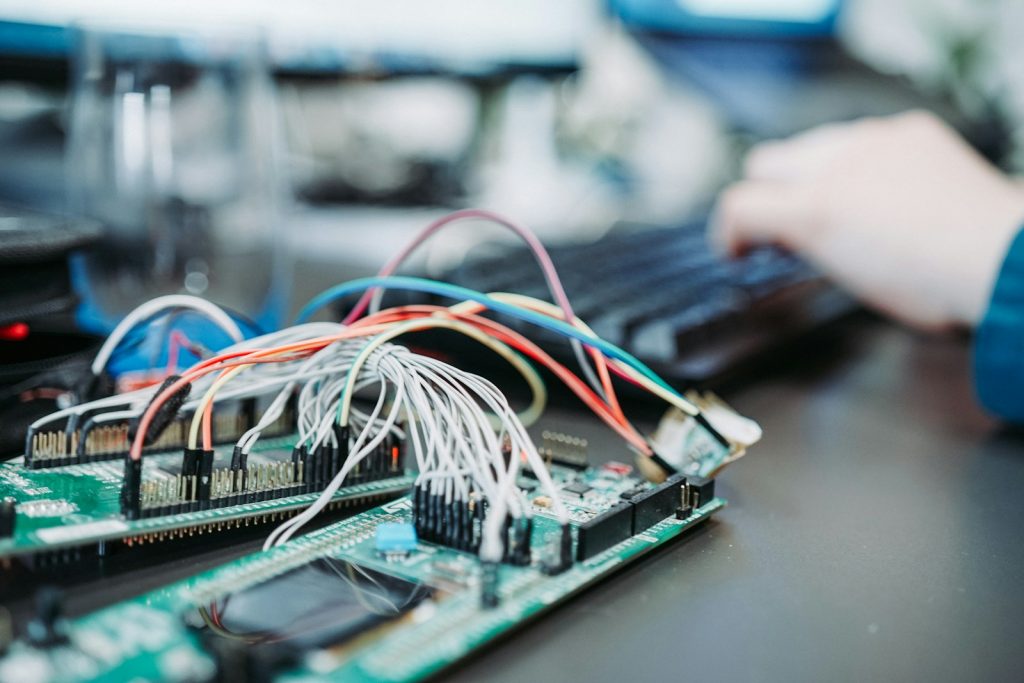
With the rise of Industry 4.0 and ongoing digitalization in Indonesia, Flux holds great potential for expansion. The government is also encouraging digital transformation across sectors, positioning platforms like Flux as crucial elements in the national tech ecosystem.
Flux will continue to innovate—whether in hardware, AI capabilities, or broader system integrations. Its long-term vision is to become the leading local IoT platform that can compete on a global scale.
Conclusion
Flux is a complete IoT solution designed to help businesses and organizations automate and monitor operations more efficiently. With six core components—Fluxbox, Fluxgateway, Fluxdashboard, Fluxcloud, Fluxconnect, and Fluxtrack—this platform offers flexibility, scalability, and robust security. Its application across various industries has proven its reliability in improving productivity and operational efficiency. In the future, Flux is expected to spearhead Indonesia’s digital transformation and become a major player in the global IoT market.


